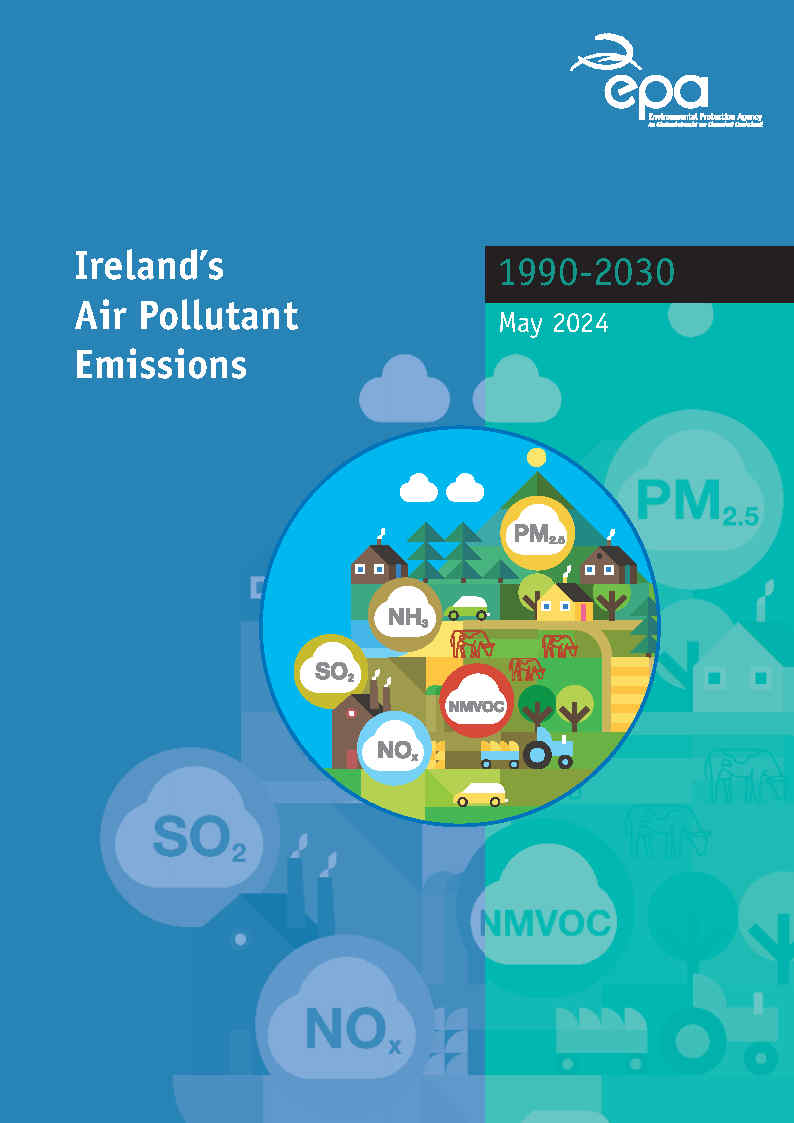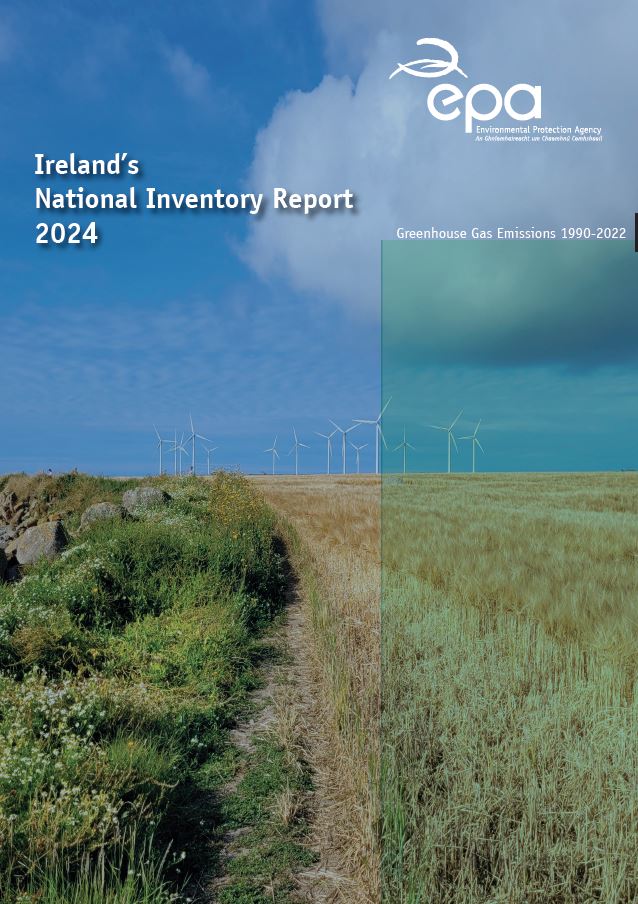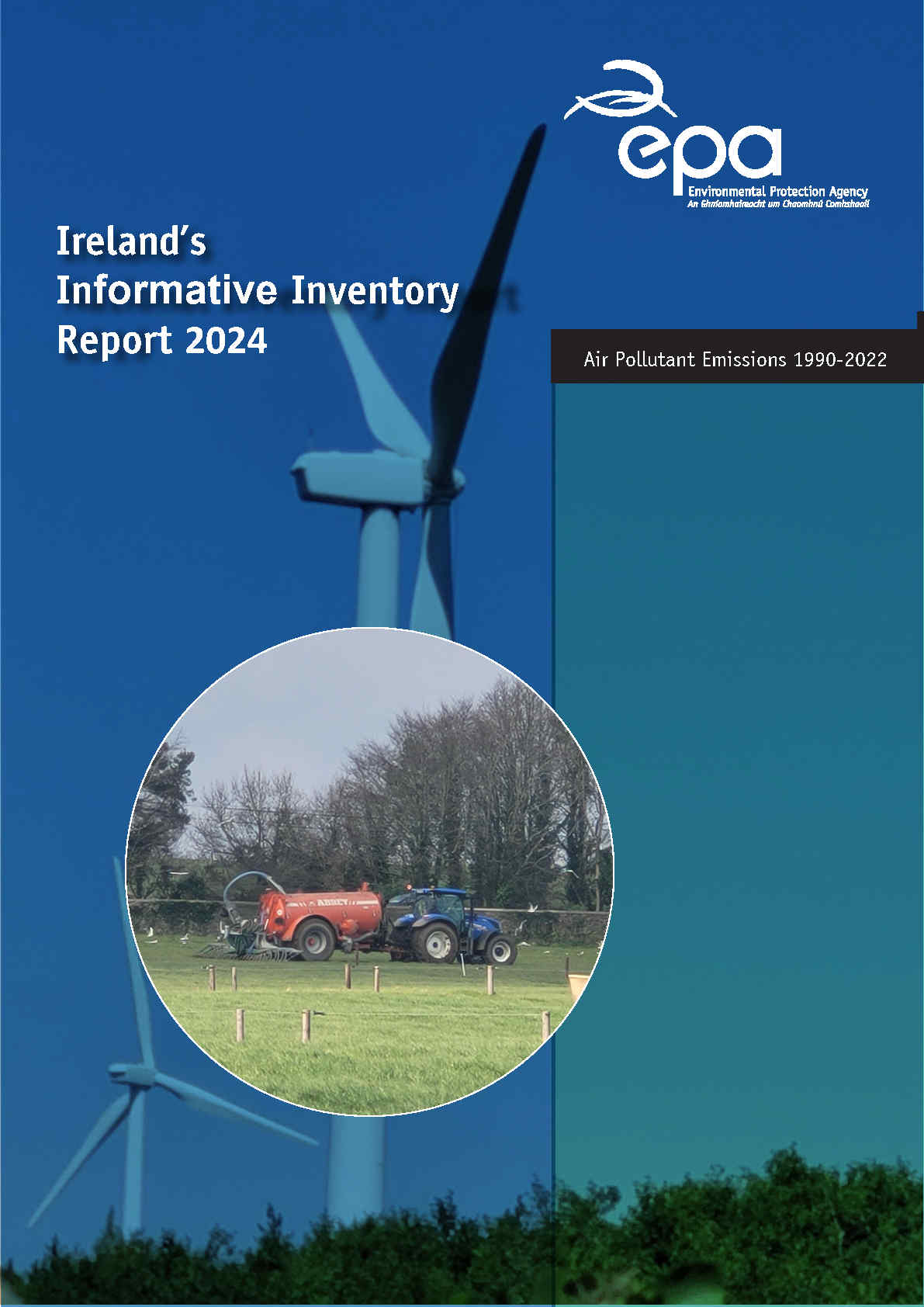A greenhouse gas emission inventory is a compilation of historical greenhouse gas emissions from sources, such as transport, power generation, industry and agriculture, from 1990 to the most recent year for which data is available.
A greenhouse gas emission projection is an estimate of what emission levels are likely to be in the future. They are based on key assumptions such as economic growth, fuel prices and Government policy.
Essentially the inventory data provides a summary of past emissions whereas the projections attempt to estimate the emissions in the future.
National Emission Inventories; The United Nations Framework Convention on Climate Change (UNFCCC) and its Kyoto Protocol provide the basis for international action to address climate change. Parties to the convention and its Kyoto Protocol are committed to developing and publishing the national emission inventories of greenhouse gases (GHGs) which is a key element of assessing progress towards meeting commitments and targets.
The EPA compiles Ireland's national greenhouse gas emission inventory on an annual basis. This inventory is submitted to the European Commission and UNFCCC each year by 15 January and 15 April respectively.
Emissions data for the following gases is reported on an annual basis: carbon dioxide (CO2), methane (CH4), nitrous oxide (N2O), hydrofluorocarbons (HFCs), perflurocarbons (PFCs), sulphur hexafluoride (SF6), and nitrogen trifluoride (NF3).
Emissions are classified into the ten following sectors; agriculture, transport, energy industries, residential, manufacturing combustion, industrial processes, F-gases, waste, commercial services and public services.





